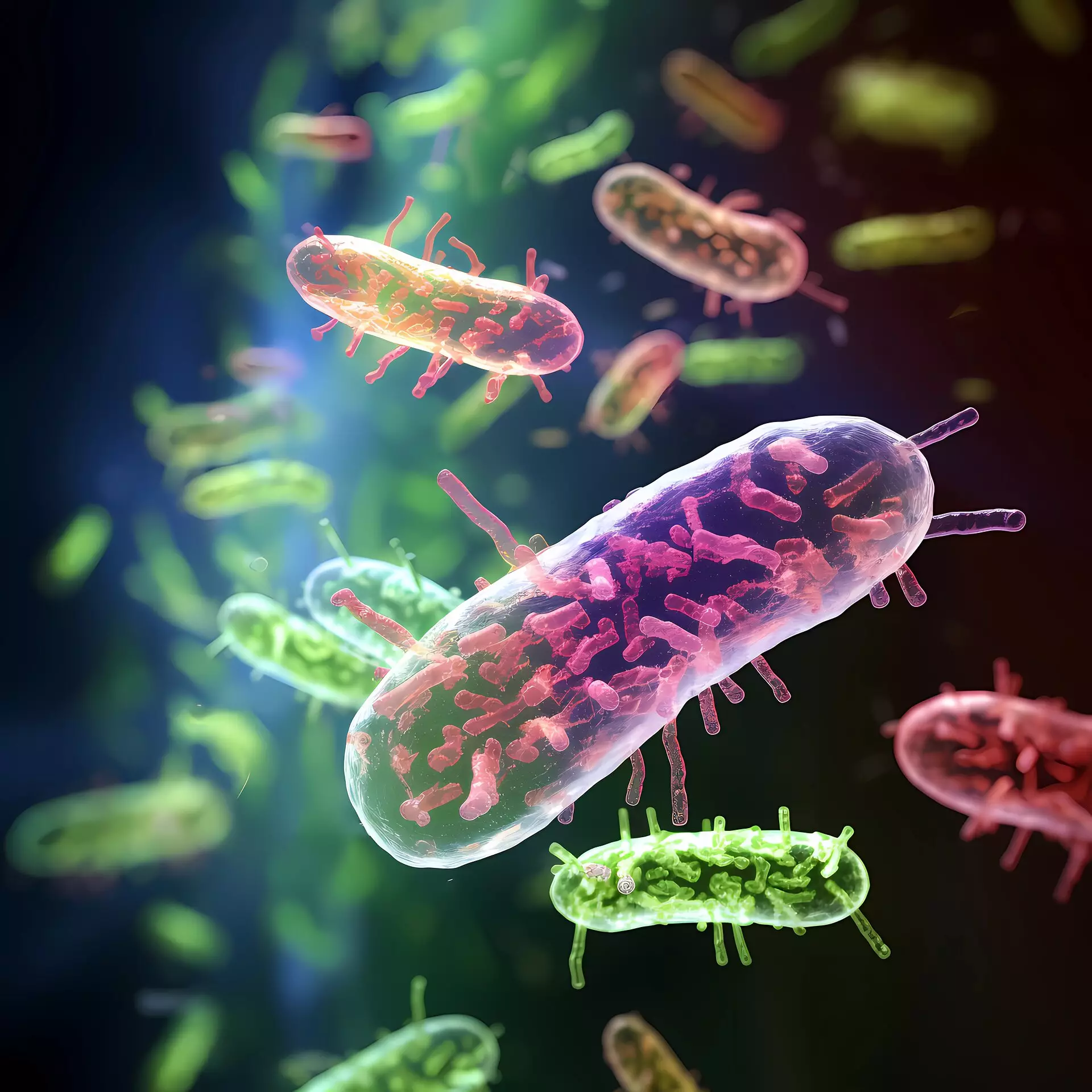Recent investigations spearheaded by Professor Xu Ning from the University of Science and Technology of China (USTC) have shed new light on the behavior of active matter, revealing remarkable parallels with sheared systems. This study, published in the prestigious Proceedings of the National Academy of Sciences, outlines the complex interactions of active substances — materials capable of movement through the consumption of energy, either from their own reserves or from the environment. This finding not only enhances our understanding of physical systems but also opens doors to innovative applications in various scientific fields.
Understanding Active Matter and Its Quirky Behavior
Active matter, encompassing a range of self-propelling entities, from bacteria to synthetic micro-swimmers, distinguishes itself as a non-equilibrium system. The concept particularly captivates researchers due to its peculiar collective motion behaviors that emerge when numerous active entities congregate. This collective dynamism invites further inquiry, as it behaves very differently from traditional Newtonian fluids, where flow patterns and viscosity remain fairly consistent. The revelation that active matter can perform similarly to sheared systems marks a critical pivot in understanding these systems’ inherent physics.
The Parallels Between Active Matter and Sheared Systems
What makes this study particularly groundbreaking is the nuanced comparison drawn between the behaviors of active matter and classical sheared fluids. While the traditional model explains that shear forces align molecules without altering viscosity significantly, the introduction of active forces alters this dynamic significantly. The study demonstrates that active forces can break apart percolating clusters — an essential finding that describes the drastic viscosity reduction observed in active substances. By unpacking these mechanisms, researchers provide valuable insights that contribute to the broader understanding of material behavior under varying conditions.
Implications for Future Research and Applications
The insights derived from this study extend far beyond theoretical understanding. Examining the intersections between active matter and shear flows may pave the way for innovative technologies, particularly in fields like biophysics and material science. For instance, the implications for bioengineering, where controlling bacterial motion can enhance processes such as drug delivery or environmental remediation, are profound. The correlation between the breakdown of percolating clusters and viscosity may also inspire new materials with engineered properties for industrial applications, potentially revolutionizing how we utilize fluids and gels.
The Fascination and Future of Active Matter Research
As scientists deepen their exploration of active matter, the tantalizing questions concerning its behaviors and applications greatly intensify. The ability of active substances to exhibit fluid-like “superfluid” behaviors may disrupt long-standing perceptions in both fluid dynamics and materials science. The ongoing study of active matter not only helps unravel fundamental principles governing motion and energy dynamics but also emphasizes the necessity of interdisciplinary research in overcoming challenges associated with complex physical systems. Engaging with these ideas will inevitably steer us toward future innovations that echo across various domains of science and technology, showcasing the dynamic and fertile nature of active matter research.

